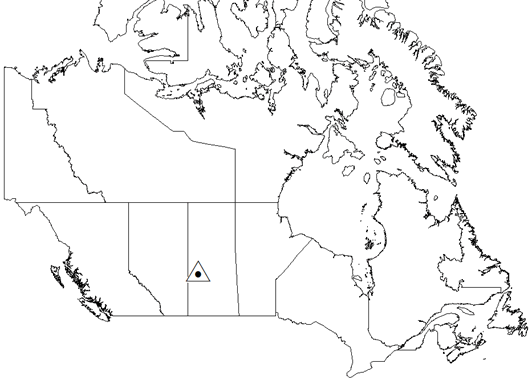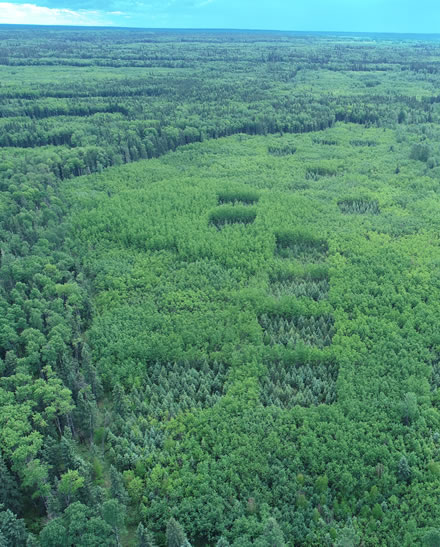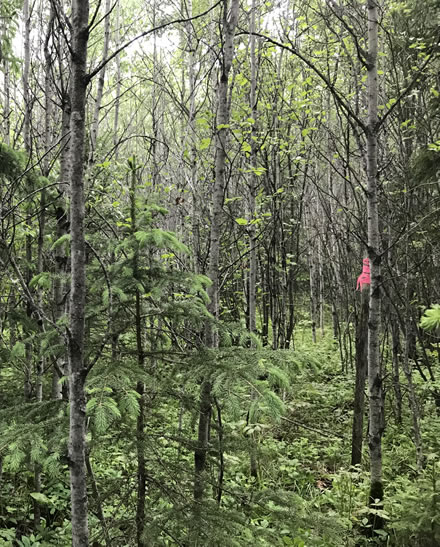Mistik (Burness) wood ash trial

Location
Northwest Saskatchewan
Ecozone: Boreal Plains
Elevation: 691 m
Climate
1981 to 2010 monthly climate point estimates generated from the Natural Resources Canada climate modeling project.
Mean annual precipitation: 431 mm
Mean minimum temperature in January: −22.2°C
Mean maximum temperature in July: 22.4°C
Site description
Before the experiment, the site supported a 60- to 69-year-old stand of trembling aspen (Populus tremuloides Michx.) and white spruce (Picea glauca (Moench) Voss). Soils are Orthic Gray Luvisols that developed from ablation moraine. They have a clay loam texture with pockets of sandy loam, and are moderately to excessively stony.
Ash description
The ash used in the Mistik (Burness) wood ash trial was produced in an olivine burner at a lumber and pulp mill. The ash feedstock was 85% trembling aspen bark and chips and 15% dewatered pulp sludge. Only bottom ash was used for this experiment. Because the ash hardened during storage outdoors, it was crushed before application.

Aerial view of wood ash trial plots at the Mistik site 23 years after ash application.

Mistik wood ash trial plot 23 years after ash application.
Treatment description
The site was clearcut using full-tree harvesting in the winter of 1995 and disc-trenched in May 1995. In late June and early July of that year, white spruce seedlings were planted at a density of approximately 6,944 stems per ha. After planting, ash was applied at three rates: 0 Mg ash per ha (control treatment), 1 Mg ash per ha, or 5 Mg ash per ha. The quantity of ash applied (Mg per ha) was calculated based on the dry weight of the ash, and the ash was applied to the soil surface by hand. Treatments were replicated at three different locations when the experiment was set up.
Monitoring
This site is not being actively monitored. Previous monitoring of treatment effects have included:
- Trees
- Survival
- Height, diameter, and volume
- Tissue nutrients
- Soil chemistry
- Acidity (pH) and electrical conductivity
- Exchangeable cations
- Available phosphorus
- Nitrogen mineralization
- Soil solution chemistry
- Dissolved nutrients and trace elements
Main contact
Ken Van Rees, Professor, Department of Soil Science, University of Saskatchewan
Page details
- Date modified: